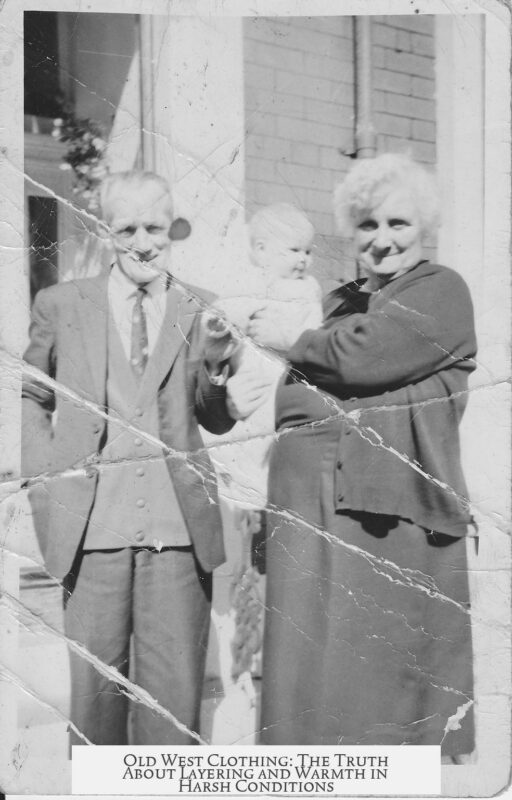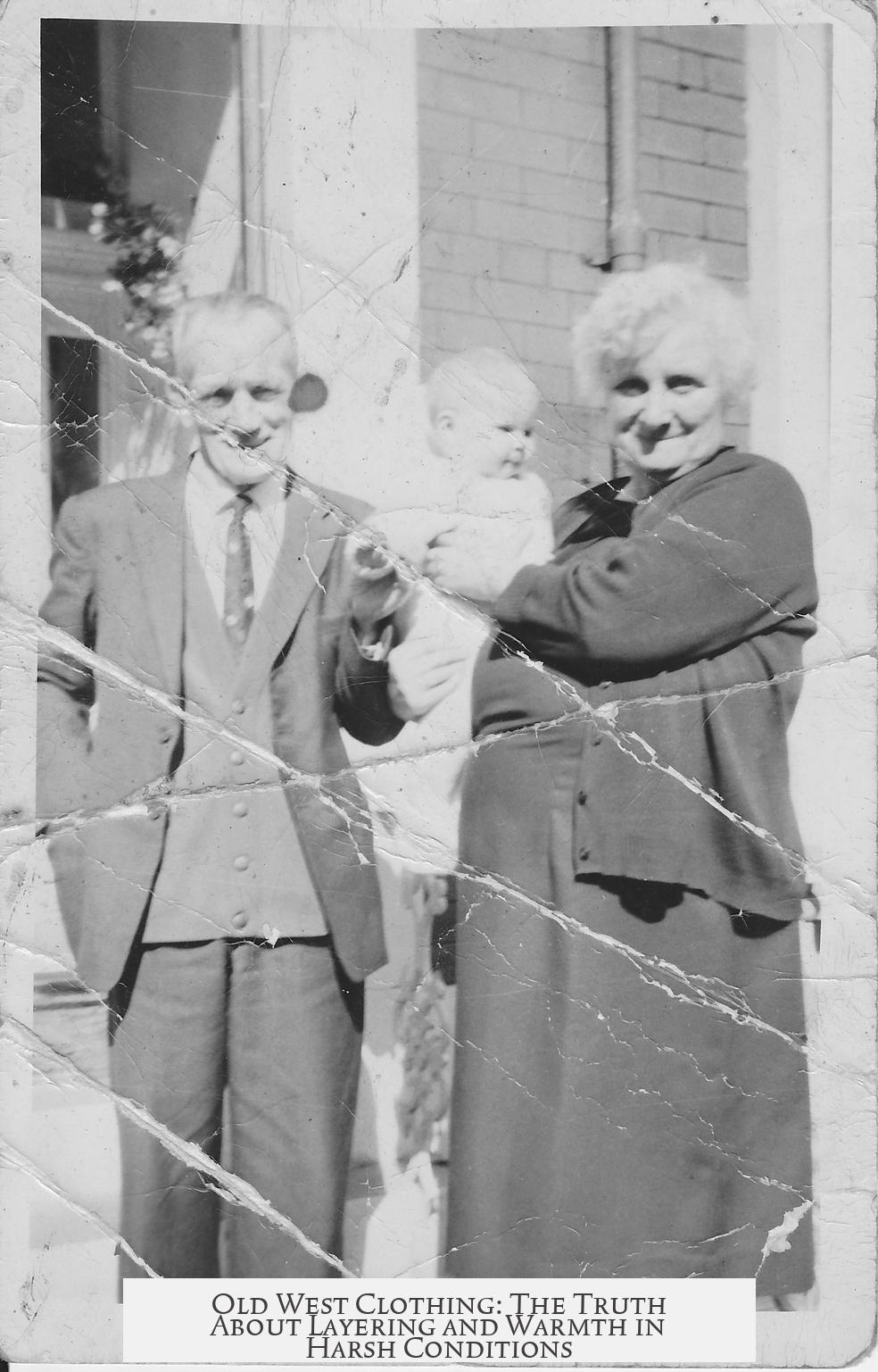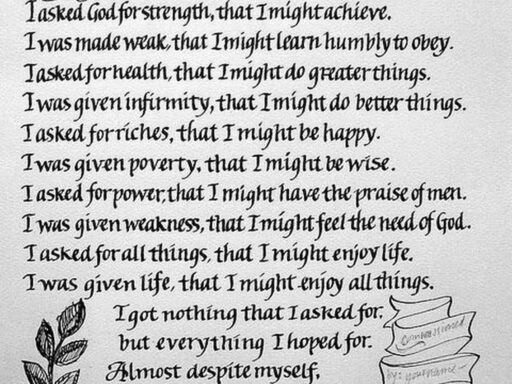People in the Old West did wear multiple layers of clothing, but these layers were not as heavy or hot as commonly believed. Their outfits were designed carefully with natural fibers and practical purposes, balancing protection, breathability, and comfort.
Clothing in the 19th-century American West relied on natural fibers such as cotton, linen, and wool. These materials could be produced in a wide range of weights and textures to suit different seasons and activities. For example, cotton or linen could be woven into light, airy fabrics for summer or thick canvas or duck cloth for heavy-duty workwear in cooler months.
The typical clothing worn by men even in hot places like Arizona often consisted of several layers. Commonly, one would wear a light cotton union suit or drawers next to the skin. Over this, a cotton or linen shirt was typical, paired with wool or a sturdy cotton canvas trousers. A jacket made of wool, cotton, or linen was worn over the shirt.
Accessories such as neckcloths or collars were part of this clothing setup. These could be removable white linen collars, stiffened to stand upright, or fixed collars made from wool overshirts that were popular for workwear. Hats were an essential final piece to protect from the sun.
Covering the body was crucial in arid regions like Arizona. The main reason for wearing so many layers was not primarily warmth but to shield the skin from intense sun exposure. Sun protection took precedence over slight discomfort from heat. In dry, sunny climates, exposed skin risked severe damage, so full coverage was a practical choice.
Natural fibers added comfort and breathability to layered outfits. Wool, cotton, and linen all allow air circulation and manage moisture better than many modern synthetic fabrics like polyester, which tends to trap heat and moisture. A person dressed in wool and natural fibers would feel cooler and drier than someone wearing less breathable materials.
Layering also helped with moisture management. Cotton inner layers absorbed body sweat and kept it away from outer garments, preserving the look and durability of more expensive clothes. Linen and wool outer layers wick moisture and allow airflow, helping to maintain a cooler body temperature despite several layers.
Another important garment was the duster, a lightweight long coat worn mainly by cowboys and ranch workers. Dusters protected the wearer’s clothes from heavy dust kicked up by cattle drives and windy conditions. Although dusters sometimes added warmth, their main function was cleanliness and practicality. Wearing one in high dust situations was a trade-off mostly accepted by workers.
Popular depictions of Western clothing in films can diverge from historical reality. For example, in the film Tombstone, only specific characters like Wyatt Earp and Doc Holliday wear long coats or dusters, often for character reasons like concealing weapons or reflecting Doc Holliday’s illness. This differs from general town wear, where such heavy coats were less common.
Film costuming often favors aesthetic appeal or audience expectations over strict authenticity. Modern viewers expect exaggerated Western attire, which leads to creative liberties by costume designers. Clothes in Western movies may reflect 1990s fashion influences or storytelling needs rather than genuine 1880s styles.
Overall, people in the Old West layered clothing made from breathable natural materials combining sun protection, comfort, and practicality. Their outfits adapted to environmental demands and work requirements rather than being bulky or uncomfortable. Modern synthetic fabrics give a misleading impression of how heavy or hot layered clothing can feel, but natural fibers behaved quite differently.
- Old West clothing involved multiple layers but was lighter and more breathable due to natural fibers.
- Layering protected against extreme sun exposure, not just cold weather.
- Common fabrics included cotton, linen, and wool, adaptable to season and work.
- Dusters served mainly to protect clothes from dust during cattle drives.
- Films often exaggerate or alter clothing for effect, not historical accuracy.
- Natural fibers manage moisture and airflow better than modern synthetics, improving comfort.
Did people in the Old West really wear so many layers and warm clothing, if so, why?
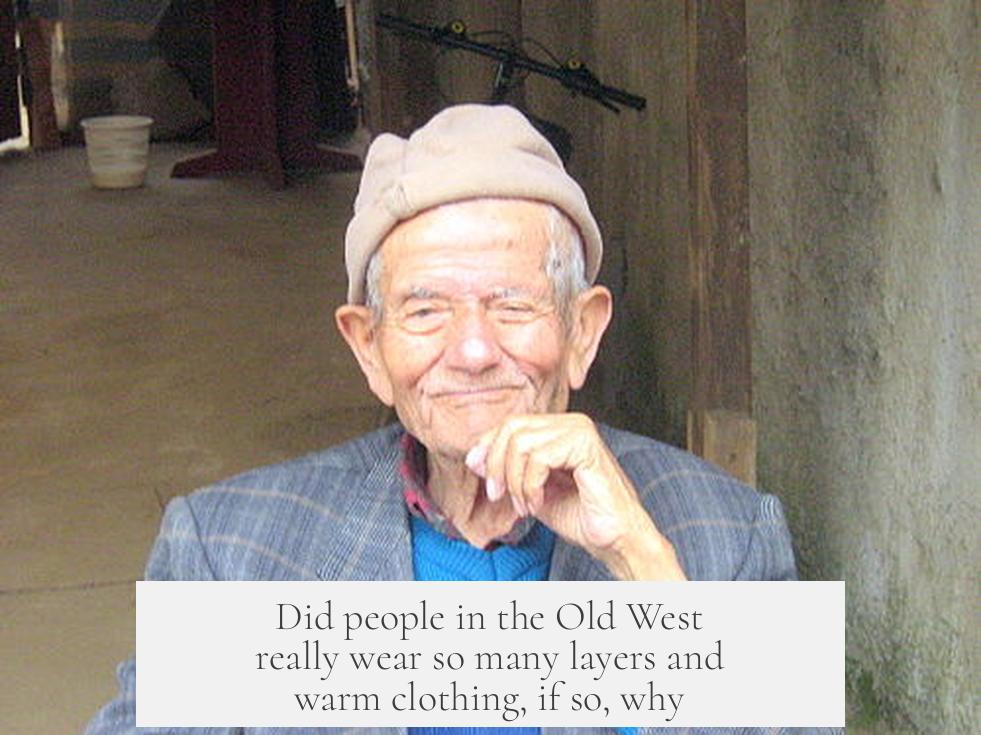
Yes, they did wear multiple layers of clothing in the Old West, but not for the reasons many assume. It’s less about bundling up like an overstuffed burrito and more about practicality, sun protection, and the characteristics of natural fabrics they used. The layers weren’t necessarily heavy or stifling, but smartly tailored to the environment and work at hand.
Picture a typical cowboy or townsfolk in Arizona during the 1880s. You might imagine them sweltering in wool, coated in dirt, and blinking through heatwaves, right? The truth is a bit more nuanced. The Old West’s clothing choices are often misunderstood because we’ve mostly seen Hollywood’s take on them, which favors dramatic, bulky dusters and heavy coats. But history and fabric science tell a cooler tale.
Layering: More Than Just Staying Warm

Yes, layering was the norm. Folks wore several layers, but these layers weren’t thick winter sweaters all year round. They opted for layers because each one served a distinct purpose. It’s like how you use different apps on your phone for different tasks rather than having one chunky app trying to do everything poorly.
For example, men usually started with a light cotton layer underneath, such as a union suit or drawers. Over this came a cotton or linen shirt. Then they’d add trousers made from wool or thick cotton canvas that suited the work or weather of the day. On top, they’d throw on a jacket—wool, cotton, or linen depending on the season. The wardrobe was functional, adaptable, and usually breathable.
Natural Fibers: The Ultimate Breathable Tech

Today’s synthetic clothes, like polyester blends, often trap heat and moisture. In contrast, clothes in the Old West were made entirely from natural fibers like cotton, linen, and wool. Did you know these can be made lightweight or thick enough to provide warmth?
Take wool—it’s not the itchy, heavy fabric stereotypes suggest! Wool breathes, wicks away moisture, and even provides insulation under the blazing sun. Linen and cotton are equally breathable and help manage sweat, which is what cowboys needed most. When mixed right, cotton keeps sweat off the outer layers, while linen and wool wick moisture away and allow airflow.
Why Cover Up, Even in the Heat?

One quirky fact about Old West attire, especially in places like Tombstone, Arizona? Covering up was more about sun protection than staying cozy. The desert sun can be harsh, brutal even. Wearing clothes that covered the skin protected people from sunburn, heatstroke, and even dust.
Imagine walking under a scorching sun. Would you rather be burning or cool under layers of lightweight cotton that breathe? Most chose the latter. The idea was to block direct sunlight and let a slight breeze cool the layers. So, what looks bulky from afar could often be surprisingly comfortable and practical up close.
Dusters: The Dust Fighters

Now, what about those long, flowing dusters you see in every Western movie? They actually had a purpose. Cowboys wore dusters to shield their everyday clothes from dust kicked up by cattle herds. Dusters acted like a shield, keeping their regular clothes cleaner for longer. Yes, dusters might make one a bit warmer, but cowboys were willing to sacrifice that comfort to avoid endless laundry and discomfort.
Interestingly, not everyone in town wore heavy dusters all the time. In the famous movie Tombstone, for example, longer coats were mostly worn by Wyatt Earp and Doc Holliday because Doc was concealing weapons and battling tuberculosis. So, long coats in the film have reasons that go beyond historical norm—they’re storytelling and aesthetic choices as much as they are practical wear.
Hollywood vs. Historical Reality
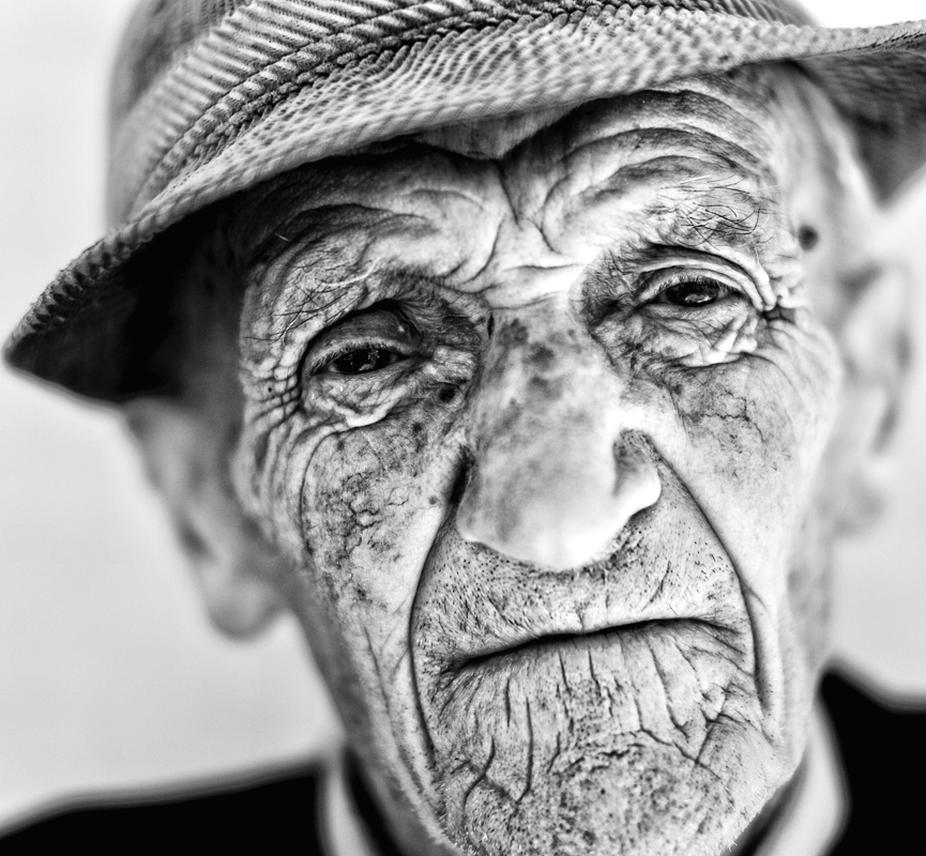
Speaking of movies, modern Western films often exaggerate or tweak clothing for drama and style. This isn’t always due to laziness or ignorance. Costumers sometimes cater to audience expectations or the visual vibe that makes a character ‘look’ Western. Think about the popular “heavy duster and cowboy hat” stereotype—it’s iconic but not always historically precise.
For example, in the 1993 movie Tombstone, many costumes brush off strict 1880s accuracy in favor of a slick, 1990s twist on vintage style. Suits might look sharp but don’t always match period tailoring. This creative freedom helps films feel fresh while tapping into what audiences expect from Westerns.
Practical Tips from Old West Clothing Wisdom

Curious about how this old layering strategy can help you today? Here’s a quick rundown:
- Layer with purpose. Use light, breathable layers as your base to manage moisture well.
- Opt for natural fabrics. Cotton, linen, and wool help you stay cool and dry unlike many synthetics.
- Cover up in sunny climates. Protection from the sun can be more critical than dodging warmth.
- Wear outer layers to shield against dust or debris. Just like dusters did for cowboys, a light overcoat or jacket can help outdoorsy types today.
So, Did They Really Layer a Lot?
Yes! But don’t picture thick, suffocating piles of fabric. Their layering was smart, breathable, and all about adapting to environment and work demands. They juggled moisture, sun protection, and dirt defense by mixing cotton, linen, and wool in clever ways. This means many Old West folks were probably more comfortable in their layered outfits than folks modernly stuffing themselves into synthetic blends under the same sun.
Next time you see a dusty cowboy or a movie scene filled with thick coats, remember there’s history and practicality behind that look. And, bonus: your synthetic polyester jacket probably can’t beat good old wool at cooling you off under the desert sun!
